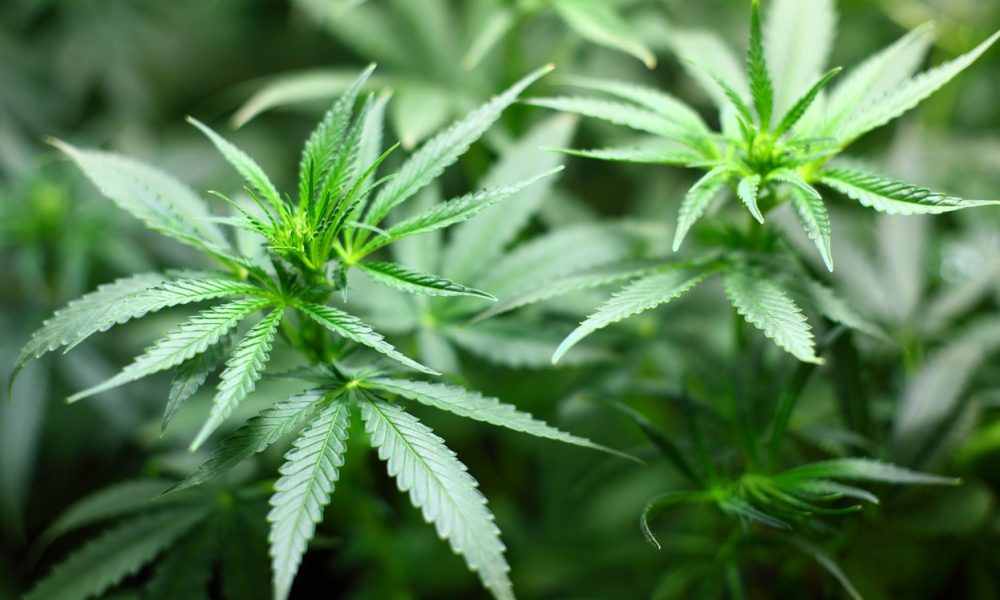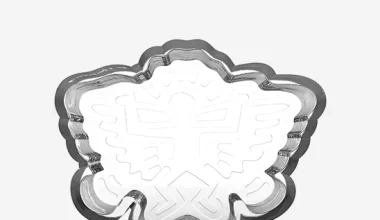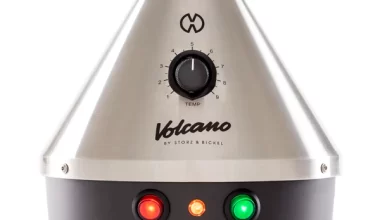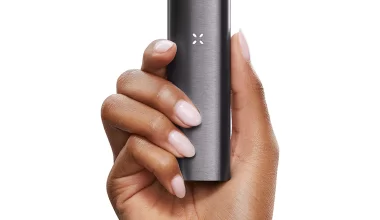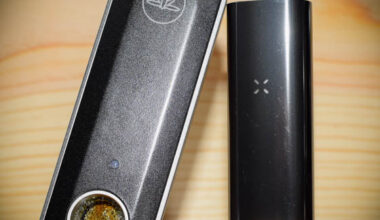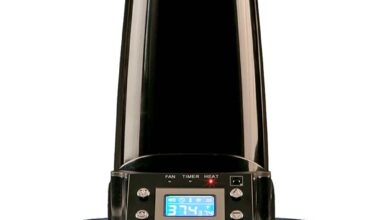LED grow lights are a game-changer for the cannabis industry, which has revolutionized how plants are grown indoors. And it’s not just for those in the cannabis industry that are taking advantage of LED grow lights. They can be used in the horticulture market, in the marijuana industry, and even for people who want to grow at home indoors and save money doing so. This blog will look at the key benefits of the LED grow light and also how to choose a good one for your needs.
LED lights use significantly less energy than incandescent bulbs.
Unlike incandescent bulbs, which produce a lot of heat and use an average of 60 watts per bulb, LEDs use 1/10 as much energy to make the same amount of light. If you want to convert your home lighting system, this could mean serious savings on your electricity bill! LEDs are also built to last; they don’t come with toxic chemicals like mercury or emit ultraviolet light rays.
LED lights can emit light in specific wavelengths, cutting down on waste light not used by plants.
LED grow lights can be used to give your plants the exact wavelengths of light they need to thrive, which reduces wasted energy—the light spectrum emitted by an HPS grow light is often not exactly what the plant needs. Many plants (including cannabis) can use only specific colors of the range for photosynthesis, so all other colors are wasted. On the other hand, LEDs can be set to emit a particular wavelength of light that’s perfectly tailored to your needs.
LED grow lights can be more effective than conventional grow lights.
Because of the way that LEDs disperse light energy, they can be more effective than conventional grow lights. In fact, there are several ways in which this is true.
- You can use fewer LEDs and achieve the same results as a conventional lighting system.
- You can use the same number of LEDs and achieve better results than a conventional lighting system would provide.
- You can use fewer LEDs and achieve better results than a conventional lighting system would provide.
In general, you can expect to increase your yield by using fewer LED lights (though it depends on the goal of your gardening project).
LEDs are more durable and last longer than conventional grow lights.
One of the most significant benefits of using LED grow lights is that they are more durable and last longer than conventional grow lights. Because LEDs use diodes instead of filaments or tubes, they produce less heat, putting less stress on the bulb. Also, unlike traditional bulbs, LEDs don’t require a ballast in order to function correctly.
Since LED bulbs can be built with specific wavelengths of light—which is ideal for growing plants indoors—they don’t emit as much heat as their conventional counterparts. This means that growers can keep their grow spaces closer to plants without worrying about overheating them or burning the leaves. That being said, most LED bulbs should not be used with a reflector because this may cause additional heating problems down the road.
While there are no disadvantages to choosing LED lighting over traditional HID (High-Intensity Discharge) lighting systems other than cost (LED bulbs tend to be more expensive than HID), they are incredibly efficient. They will save growers money in the long run.
LEDs tend to run cooler, reducing the need for air conditioning in your grow room.
The ideal temperature for a marijuana grow room is between 74 and 78 degrees Fahrenheit. In an indoor cannabis room that uses HPS, you may need to install air conditioners to maintain the ideal temperature. This can be costly because of all the energy required to cool such a large space. However, with LEDs, you don’t have that problem since LEDs tend to run cooler than other grow lights, reducing the need for air conditioning in your grow room and lowering cooling costs. And unlike HPS, LEDs stay cool enough not to cause fire hazards or burn yourself when handling them.
LED light is an effective and efficient way of growing plants indoors, but it takes more than just light to be a successful indoor grower.
LED plant lights are a fast-growing sector of the indoor growing industry. But in order to be successful with growing plants indoors, you’ll need more than just light. You’ll also need to know about how LEDs work and how they should be used for indoor growing.
LED stands for “light-emitting diode.” It works because an electrical current is passed through a semiconductor material, which causes electrons to flow, creating light at different wavelengths depending on the semiconductor used. This makes it possible to produce different colors of light, so it can provide red or blue wavelengths that plants need during photosynthesis.
LED technology has been around since 1962 but was expensive and inefficient until recently when new technologies have made them much more efficient and cost-effective. In fact, they are now one of the most common types of lighting in home appliances like refrigerators, microwaves, televisions, and many outdoor uses like street lights or car headlights because they last longer than traditional incandescent bulbs.
Conclusion
We hope you enjoyed our article on what are led grow lights and how do cannabis growers use them. When it comes cannabis growers, they tend to need all of their help. With led grow lights, they can save a lot of money and time, and energy in the long run. We know that you’ll be able to use the information we provided to make the most out of your next growing session. So what are you waiting for? Start researching led grow lights today!
Medical Disclaimer:
The information provided in these blog posts is intended for general informational and educational purposes only. It is not a substitute for professional medical advice, diagnosis, or treatment. Always seek the advice of your physician or other qualified healthcare provider with any questions you may have regarding a medical condition. The use of any information provided in these blog posts is solely at your own risk. The authors and the website do not recommend or endorse any specific products, treatments, or procedures mentioned. Reliance on any information in these blog posts is solely at your own discretion.
